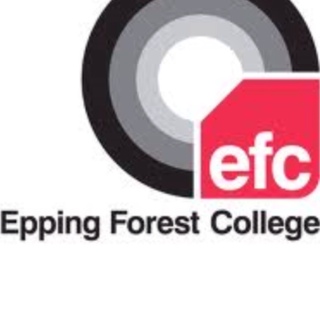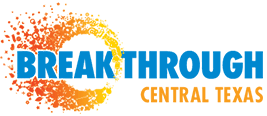Title Page
Part 1
Observation Information
-
Observer Name
- A Cardona
- P Hall
- J Evans
- A Sangoniran
- C Roper
- D Spacagna
-
Observee Name
-
Course Title
-
Location (Room number)
-
Department
- A level
- Business & Secretarial
- Health & Social Care
- Motor Vehicle
- IT
- Hair & Beauty
- Construction
- Sport, Leisure & Tourism
- Preparation for Life & Work
-
Date and Time
-
Academic Year
-
Present Total
- 1
- 2
- 3
- 4
- 5
- 6
- 7
- 8
- 9
- 10
- 11
- 12
- 13
- 14
- 15
- 16
- 17
- 18
- 19
- 20
- 21
- 22
- 23
- 24
- 25
- 26
- 27
- 28
- 29
- 30
- 31
- 32
- 33
- 34
- 35
- 36
- 37
- 38
- 39
- 40
- 41
-
Level
- 1
- 2
- 3
- 4
- 5
- PE
- E
-
Age Group
-
Observation Type
- Probation
- Annual
- Audit
- Mentoring
- Other
-
Funding
-
Observee (Type of employee)
- EFC Teacher
- Agency
- Assessor
- Full Time
- Part Time
-
Length of Session
- 0-15
- 15-30
- 30-45
- 45-60
- 60-75
- 75-90
- 90-105
- 105-120
- 120-135
- 135-150
- 150-205
- 205-220
- 220-235
-
Observation Time
- 0-15
- 15-30
- 30-45
- 45-60
- 60-75
- 75-90
- 90-105
- 105-120
- 120-135
- 135-150
- 150-205
- 205-220
- 220-235
Grade & Comments
-
Grade:
-
Observer Comments
-
Observee Comments
Details of the Lesson
-
Intended Learning Outcomes
-
Description of the Session
-
Strengths
-
Areas for Development
Actions agreed to address areas for improvement:
-
Action 1:
-
By whom
-
By when
-
Action 2:
-
By whom
-
By when
-
Action 3:
-
By whom
-
By when
Planning for Learning Content: • Is it appropriate to level? • Is it engaging? Inclusive? Varied? Challenging? • Is information broken down well? • Are learning outcomes made clear to learners? • Does the information available on individual learners inform planning? Structure: • How coherently have the stages been planned? • How well do activities fit together? • How well do activities open possibilities for differentiation? • How effective is planning in providing opportunities for stretch and challenge?
-
Commentary on Planning:
Management of Learning Delivery/ Pace: • How good is rapport/ interaction with learners? • Is delivery inclusive in terms of language, communication of concepts? • How effective is Q&A, handling of content? Does pace contribute to momentum and a sense of purpose? • Are learning opportunities fully explored? In-class assessment: • How does the teacher know that students are learning? • What is in place to monitor the impact of teaching on learning? • Concept checking? • Is monitoring consistent? • Does it include all learners? • Does it promote stretch and challenge? • Is there sufficient feedback given?
-
Commentary on Management:
Impact of Learning Learner participation: • Are learners engaged? • Are they included? • Are they making verbal or written contributions at the appropriate level? • Is there sign of stretch, challenge and deepening learning in their responses? Learner outputs: • Are notes organised? • Can students make use of what they generate during the session? • Are learners being trained on how to manage their learning?
-
Commentary on Impact of learning:
Equality & Diversity • Are opportunities explored? • Is it a feature of planned activity? • Does use of the environment take E&D into account? • Are group behaviours appropriately managed? • Are delivery methods appropriate for a diverse group? • Are individual learning needs appropriately tracked and met?
-
Commentary on E & D:
Safeguarding • Is the room safe? • Are risk assessments in place? ( if applicable) • Where appropriate, has safeguarding been incorporated in the content of the lesson?
-
Commentary on Safeguarding:
Literacy and Numeracy • Are key terms explained? • Are students encouraged to extend their language, literacy and numeracy skills? • Is there feedback on language, literacy and numeracy? • Are students aware of all the resources available to support their language, literacy and numeracy skills?
-
Commentary on Literacy & Numeracy:
Employability
-
Commentary on Employability:
Signed:
-
Observer signed:
-
Observee signed:











